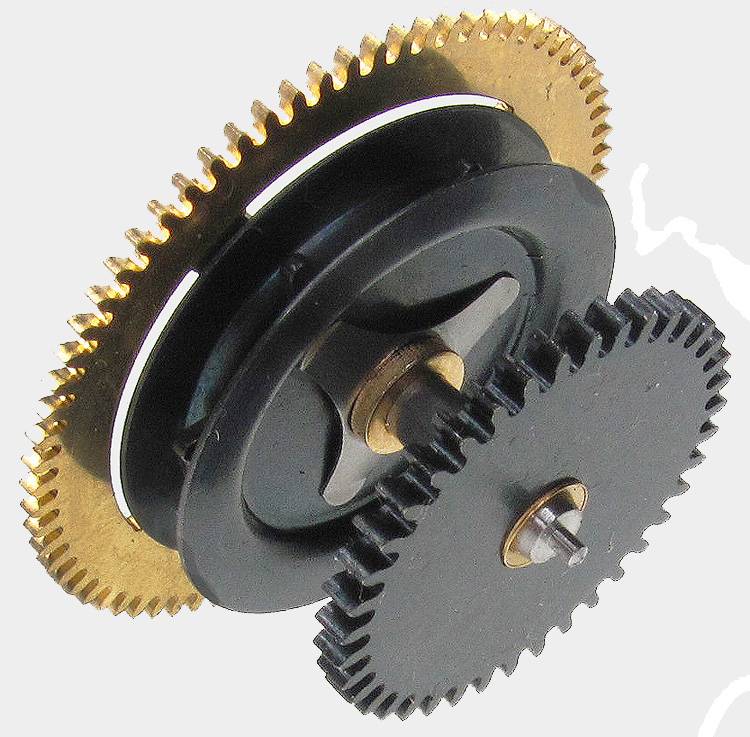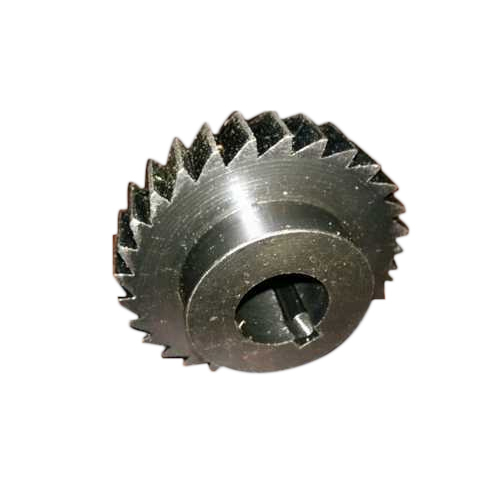Product Description
Product Introduction:
Our ordinary roller production technology and performance in the domestic leading level. Unique design, reasonable structure and advanced technology ensure that the roller radial runout minimum, noise and energy consumption minimum, bearing capacity to reach a higher grade. Our company produces ordinary roller, trough roller, flat roller, buffer roller, vertical roller, friction roller, cone roller, hanging roller, spiral roller, comb roller and other kinds of roller.
| Model NO. | FY-roller set | Warranty | 1year |
| Color | Customized | Application | Coal Mine, Cement, Harbor, etc |
| Condition | New | Length | 150-3500mm |
| Dia | 60-219mm | Certificate | CE, ISO, BV, SGS, Ika, etc |
| Bearing | Hrb , NSK | Executive Standard | GB, ISO, Cema, DIN, JIS, etc |
| Testing | Waterproof, Dustproof, etc | Life Time | More Than 50000 Hours |
| Urgent Order | Acceptable | Specification | GB, ISO, CEMA, DIN, JIS, etc |
| Transport Package | Free Fumigation Wooden Packing Cases | Production Capacity | 5000PCS/Month |
Application:
Company Introduction:
Xihu (West Lake) Dis. CHINAMFG transportation Machinery Manufacturing Co., Ltd. is located in ZheJiang (Xihu (West Lake) Dis.) rubber conveyor belt industrial zone, near by the Capital ZheJiang city, The location is superior and the transportation is convenient. Our company has always attached importance to personnel training and investment in science and technology, relying on advanced production and testing, strong capital and technical strength, perfect after-sales system, so that the products are exported to all parts of the world.
Our company is the professional manufacturer of producing all kinds of conveyor belt, roller, trestle, roller, crusher and other machines, with strong technical capacity, advanced and complete equipment. Our products are widely used in: iron and steel, metallurgy, cement, power generation, fertilizer, grain depot, port and other industries.
Our company adheres to the basic principle of serving customers: "quality, technology, after-sales service", and constantly strengthens the comprehensive competitiveness of the company among its peers, seeks development in competition, and seeks opportunities in challenges. CHINAMFG will provide you with supieror quality products and after-sales service. We are willing to go hand in hand with you honestly,to create brilliance together!
/* January 22, 2571 19:08:37 */!function(){function s(e,r){var a,o={};try{e&&e.split(",").forEach(function(e,t){e&&(a=e.match(/(.*?):(.*)$/))&&1
| Material: | Iron |
|---|---|
| Application: | Chemical Industry, Grain Transportation, Mining Transport, Power Plant |
| Structure: | Ordinary Roller |
| Bearing Type: | Double Sealed Bearing |
| Type: | Grooved Conveyor Idler |
| Manufacturer: | Yes |
| Customization: |
Available
|
|
|---|

How does the choice of materials impact the durability and performance of ratchet wheels?
The choice of materials significantly impacts the durability and performance of ratchet wheels in mechanical systems. Different materials offer varying levels of strength, wear resistance, and corrosion resistance, influencing how well the ratchet wheel performs over time. Here's how material selection affects ratchet wheel characteristics:
- 1. Strength and Load Capacity: The material of a ratchet wheel determines its strength and load-bearing capacity. High-strength materials like hardened steel or alloy steel are often chosen for heavy-duty applications, as they can withstand substantial loads without deformation or failure.
- 2. Wear Resistance: Ratchet wheels are subject to wear and friction as they engage with pawls or catches. Materials with excellent wear resistance, such as hardened steel or materials with special coatings, can prolong the lifespan of the ratchet wheel by reducing wear and preventing premature tooth damage.
- 3. Corrosion Resistance: In environments where exposure to moisture, chemicals, or corrosive substances is a concern, selecting corrosion-resistant materials is crucial. Stainless steel and certain alloys are known for their resistance to rust and corrosion, making them suitable for such conditions.
- 4. Weight Considerations: The material's density impacts the weight of the ratchet wheel. Lighter materials, such as aluminum or certain plastics, can be chosen when weight reduction is a priority, especially in applications where portability or reduced inertia is essential.
- 5. Friction and Efficiency: The material's surface properties can affect friction and overall efficiency. Some materials may require lubrication to reduce friction, while others have inherent properties that promote smooth engagement and reduce energy losses.
- 6. Cost and Availability: Material choice also affects the cost and availability of ratchet wheels. Common materials like steel are readily available and cost-effective, while specialized materials may be more expensive and less accessible.
- 7. Temperature Resistance: For applications in extreme temperature environments, materials must be chosen that can withstand temperature variations without deformation or loss of mechanical properties.
- 8. Compatibility with Pawls: The material of the ratchet wheel should be compatible with the material of the pawl or catch mechanism to ensure proper engagement and prevent premature wear of either component.
Ultimately, the choice of material should align with the specific requirements of the application. Engineers and designers carefully consider factors such as load capacity, wear resistance, environmental conditions, and cost to select the most suitable material for ratchet wheels, ensuring optimal durability and performance in the intended use.

Can you provide insights into the importance of proper installation and alignment of ratchet wheels?
The proper installation and alignment of ratchet wheels are of utmost importance for ensuring their functionality, longevity, and safety in mechanical systems. Here are key insights into why proper installation and alignment matter:
- 1. Precision and Efficiency: Correct installation and alignment ensure that the ratchet wheel engages smoothly with the pawl or catch mechanism. Proper alignment minimizes friction and maximizes the efficiency of controlled motion, allowing for precise and repeatable adjustments.
- 2. Preventing Premature Wear: Misaligned or improperly installed ratchet wheels can experience uneven wear on their teeth. This can lead to premature wear and decreased service life. Proper alignment distributes loads evenly, reducing the risk of wear and damage.
- 3. Safety Considerations: In safety-critical applications, such as emergency stop systems, the alignment of ratchet wheels is vital. Misalignment can compromise the safety of these systems, leading to unintended operation or failure to engage when needed. Proper alignment ensures reliable safety mechanisms.
- 4. Avoiding Slippage: Correct alignment ensures that the pawl or catch securely engages with the ratchet wheel's teeth. Improper alignment can result in slippage, where the wheel fails to hold its position or lock as intended. This can be hazardous in applications requiring stability and security.
- 5. Reducing Maintenance Costs: Misaligned ratchet wheels are more likely to require frequent maintenance and replacement. Properly aligned ratchet wheels experience less wear and stress, leading to longer service intervals and reduced maintenance costs over time.
- 6. Enhancing Durability: Well-aligned ratchet wheels are more durable and can withstand higher loads and forces. This durability is essential in applications where the ratchet wheel is subjected to heavy use or challenging conditions.
- 7. Consistency in Operations: Properly installed and aligned ratchet wheels contribute to consistent and repeatable operations. Whether in manufacturing, assembly, or other tasks, consistency is critical for achieving desired outcomes and quality standards.
- 8. Minimizing Vibration and Noise: Misalignment can lead to unwanted vibrations and noise in mechanical systems. Proper alignment reduces these disturbances, contributing to a quieter and smoother operation.
- 9. Compliance with Specifications: Many industries have specific standards and regulations governing the installation and alignment of critical components like ratchet wheels. Proper alignment ensures compliance with these standards and ensures that the system operates as intended.
In summary, proper installation and alignment of ratchet wheels are essential for precision, efficiency, safety, and overall system performance. Investing time and care in the initial installation process pays off in terms of reliability, reduced maintenance, and improved safety in mechanical systems.

What are the different types and sizes of ratchet wheels available in the market?
Ratchet wheels come in various types and sizes to accommodate a wide range of applications. The choice of ratchet wheel type and size depends on factors such as load capacity, space constraints, and the specific requirements of the mechanical system. Here are some common types and sizes of ratchet wheels available in the market:
- 1. Standard Ratchet Wheels: These are the most common type of ratchet wheels, featuring a set of angled teeth that engage with a pawl or catch mechanism. Standard ratchet wheels are available in a variety of sizes, typically ranging from small diameters (e.g., a few inches) to larger ones (e.g., a foot or more) to accommodate different applications.
- 2. Fine-Tooth Ratchet Wheels: Fine-tooth ratchet wheels have smaller and more closely spaced teeth compared to standard ratchet wheels. This design allows for finer control and incremental movement in applications where precision is critical. Fine-tooth ratchet wheels are often used in instruments, delicate machinery, and applications requiring precise adjustments.
- 3. Large Diameter Ratchet Wheels: In heavy-duty applications such as industrial machinery and material handling equipment, large diameter ratchet wheels are employed to handle substantial loads. These ratchet wheels can have diameters exceeding a foot or more, providing the necessary strength and engagement surface for robust performance.
- 4. Miniature Ratchet Wheels: Miniature ratchet wheels are designed for compact and space-restricted applications. They are smaller in size, typically measuring fractions of an inch in diameter. These miniature ratchet wheels are commonly used in electronics, medical devices, and precision equipment.
- 5. Custom Ratchet Wheels: For specialized applications or when off-the-shelf ratchet wheels do not meet specific requirements, custom ratchet wheels can be manufactured. Customization allows for tailoring the size, tooth profile, and material to suit unique applications and load capacities.
- 6. Corrosion-Resistant Ratchet Wheels: In environments where corrosion is a concern, ratchet wheels may be available with special coatings or materials that enhance their resistance to rust and corrosion. These ratchet wheels are suitable for marine, outdoor, or humid conditions.
The availability of ratchet wheel types and sizes in the market ensures that industries and applications of all scales can find the appropriate ratchet wheel to meet their specific needs. Whether it's for heavy-duty machinery or precision instruments, ratchet wheels come in various configurations to support a wide range of mechanical systems.


editor by Dream 2024-05-14